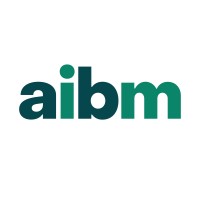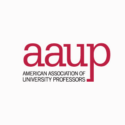 In recent years, colleges and universities across the United States have experienced declining enrollment rates. At HBCUs, there has been a particular decline in Black male student enrollment. According to a new study from the American Institute for Boys and Men, the share of Black men currently enrolled in HBCUs is less than what it was in the mid-1970s.
In recent years, colleges and universities across the United States have experienced declining enrollment rates. At HBCUs, there has been a particular decline in Black male student enrollment. According to a new study from the American Institute for Boys and Men, the share of Black men currently enrolled in HBCUs is less than what it was in the mid-1970s.
In 1976, Black men accounted for 38 percent of all HBCU students. As of 2022, that rate has dropped to 26 percent. Furthermore, this share of Black male students is now roughly equal to the share of non-Black HBCU students, which has risen from 14 percent in 1976 to 25 percent in 2022. The share of Black women enrolled at HBCUs has remained steady over the last 50 years at roughly 50 percent.
Out of the top 20 largest HBCUs in the country, Alabama A&M University had the largest share of Black male students at 33 percent. The country’s largest HBCU, North Carolina A&T State University, had a Black male enrollment of about 29 percent. For Howard University, the second largest HBCU, Black male enrollment was only 19 percent, considerably below the average share among all HBCUs. Out of all HBCUs in the United States, only 20 had a Black male enrollment rate of 40 percent of higher, most of which were schools with less than 1,000 total students.
According to the study authors, there are several factors contributing to the sharp decline in Black male HBCU students. The authors write, “Targeted interventions in K-12 education in Black communities, increasing the representation of Black male teachers, and expanding funding opportunities for HBCUs and their potential students could all help increase Black male enrollment. Reforms in these critical areas could help HBCUs realize their full potential in supporting the educational and economic advancement of Black men.”











